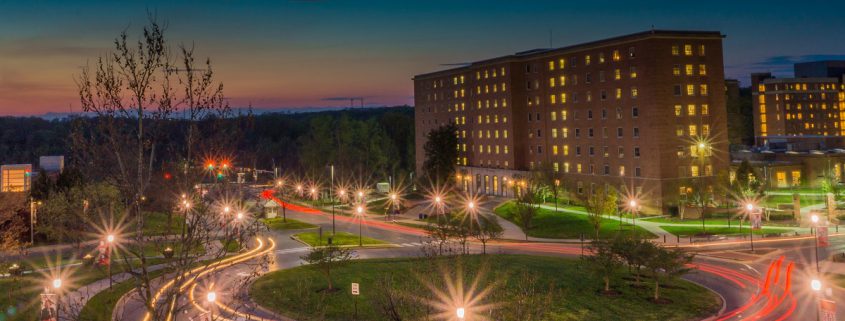Positive Educational Trends that Have Emerged from the Pandemic
When you ask a group of college administrators to summarize the effects that the pandemic has had on their institutions, most of them are likely to use adjectives like, negative, threatening, horrible, terrible, and even catastrophic.
There’s a reason for those answers. Thanks to the pandemic, many colleges have seen enrollments fall, spent too much of the funds they had available to offer students for financial aid, lost their valuable foreign students, had to put building and expansion plans on hold, and experienced a host of other problems.
But Not All the Changes Have Been Negative
When you just read that subhead – “But Not All the Changes Have Been Negative,” chances are that you wanted to immediately post a negative comment on today’s post. How can we say that positive things have emerged from a deadly pandemic that has now claimed the lives of more than 300,000 Americans? How can we even go looking for positive developments to report on?
The simple answer is, we didn’t go looking for positive changes, we simply noticed that some were taking place. And by the way, we are not the only ones to have noticed the seismic changes taking place in the world of American higher education that have emerged during the pandemic. We can point to articles and blog posts that report the same thing. One is “Education is more ripe for disruption than nearly any other industry, says NYU professor Scott Galloway: ‘Harvard is now a $50,000 streaming platform,’” an article that Tim Levin wrote for Business Insider on December 9th, 2020.
Positive Trends We Have Noticed
Here are some positive trends we have been tracking that have emerged from the changes that American colleges and universities have made to adapt to the Pandemic.
- Colleges have built improved platforms for distributed learning that will continue to serve them in the future.
- Colleges might do well to continue recruiting tuition-paying students from other countries and regions of North America. It might be an activity that colleges will want to continue in the years ahead.
- Colleges have learned new ways to educate more students without spending more money. Only a few years ago, colleges were already using class sizes and formats to educate more students without spending any more money. They had discovered, for example, that a faculty member could instruct 100 or more students in just one hour in a lecture hall; those students could later progress to smaller classroom settings where one faculty member could teach 10 students. Smart educational planners used that knowledge to migrate students from larger to smaller settings and instruct more students less expensively. Now remote learning has been tossed into that mix, giving colleges the ability to teach students economically, outside of classrooms. In a time when college budgets are strapped, trends like those could save colleges a great deal of money and extend their instructional reach.
- Colleges are making better use of existing facilities. American schools have been reluctant to announce plans to cut back on building new dormitories, classroom facilities, athletic complexes, and other “brick and mortar” additions to their campuses. One reason is that the existence of those facilities, as well as plans to build more, is a powerful tool to recruit new students. But at the same time, colleges have discovered that remote learning offers a cost-effective way to educate more students off-campus. It could well be that we will enter the era of the shrinking campus.
Change Is Bad, Change Is Good . . .
The net result of these changes could be a win/win proposition. Colleges will benefit monetarily, while students could enjoy increased access to higher education. One problem? Many colleges have not yet seen fit to reduce tuition and other costs. Will lowering costs become a trend? Although a handful of colleges have cut tuition over the last few years, that is a trend that is waiting to happen.
Your Invited to Explore Your Students’ College & Career Options with Us. . .
Students who participate in the National Career & College Pathway Study will gain new insights about making educational decisions that align with their interests, passions, and aptitudes. Participants will receive information on college and career opportunities that match their interests.
Related Posts
How Has the Pandemic Affected Students’ Mental Health?
Study Finds the Pandemic Has Caused More Students to Question the Value of College
Four Forces that Are Affecting Student Diversity on American Campuses
4 Questions We Should Be Asking about Falling International Student Enrollments
STEM Careers: Two Mega-Trends for Students to Watch in Year 2020 and Beyond










Leave a Reply
Want to join the discussion?Feel free to contribute!